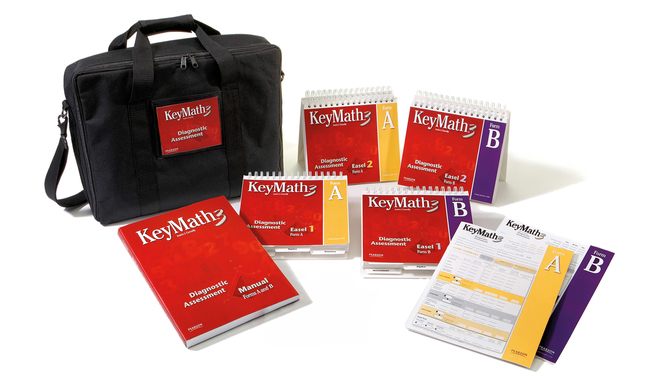KeyMath™-3 Diagnostic Assessment is an individually administered measure of essential mathematical concepts and skills. It consists of three linked components: The updated KeyMath 3 Diagnostic Assessment, ASSIST™ Scoring and Reporting Software, and the KeyMath 3 Essential Resources instructional program.
KeyMath-3 Diagnostic Assessment
KeyMath-3 DA
KeyMath™-3 Diagnostic Assessment is an individually administered measure of essential mathematical concepts and skills. It consists of three linked components: The updated KeyMath 3 Diagnostic Assessment, ASSIST™ Scoring and Reporting Software, and the KeyMath 3 Essential Resources instructional program.Choose from our formats
Kits
Starter & complete kits, print & digital
3 options
Test forms reports
Booklets, record forms, answer sheets, report usages & subscriptions
2 options
Support materials
Manuals, stimulus books, replacement items & other materials
5 options
All products
All tests and materials offered for KeyMath-3 DA
10 options